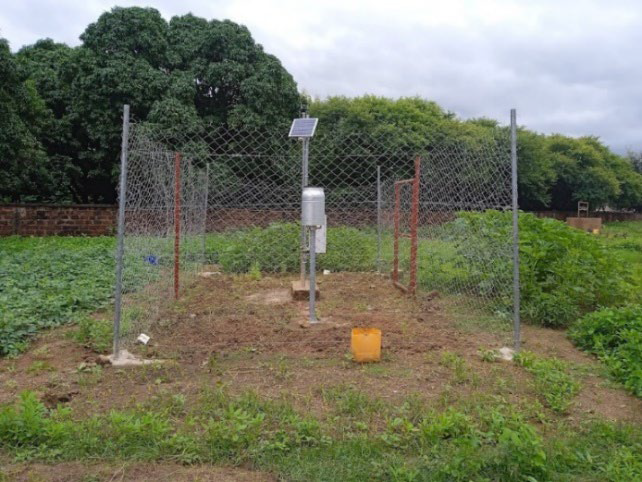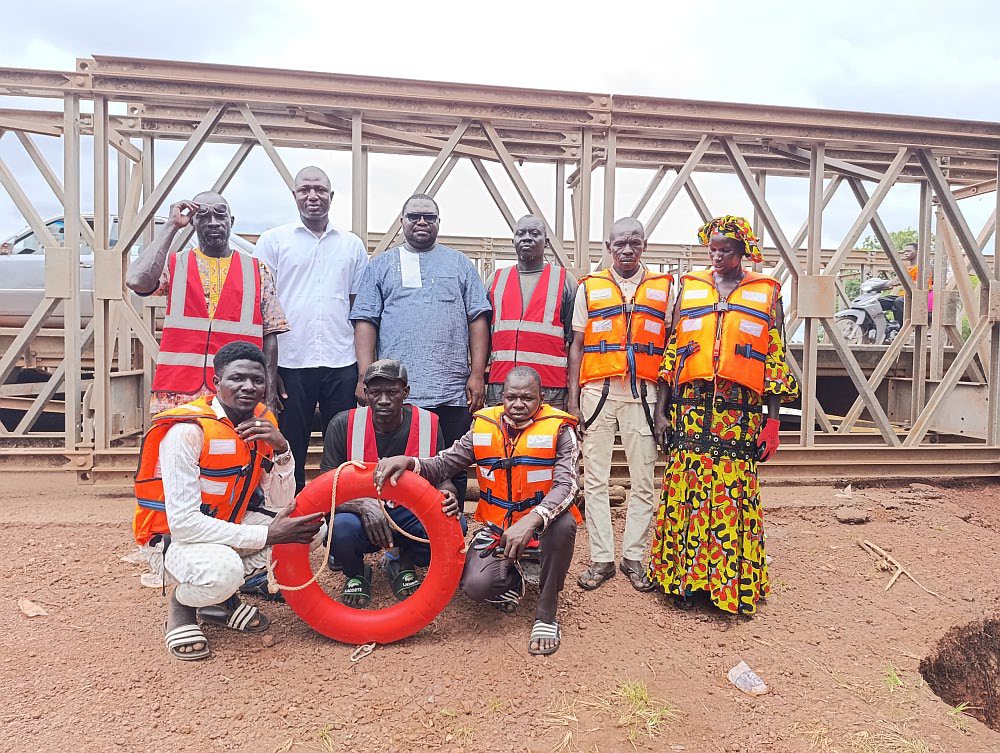The Volta Basin is highly vulnerable to climate-related hazards (floods and droughts). The VFDM Project, funded by the Adaptation Fund and implemented by a consortium of partners including WMO, VBA, and GWP-WAF from June 2019 to June 2024, aimed to: Develop capacities and frameworks at local, national, and regional levels to support informed climate risk decision-making; Implement concrete and environmentally sound climate adaptation actions, including nature-based solutions through an integrated approach; Strengthen political and institutional capacities for integrated flood and drought management at local, national, and transboundary levels.
Lessons Learned and Success Factors
- National working groups and participatory approaches were vital;
- Using known local NGOs improved pilot project success;
- Local ownership and smart practices (climate-smart approaches) were embraced;
- Tools like the VOLTALARM platform were instrumental;
- Local authorities’ engagement enhanced legitimacy and scaling potential.





